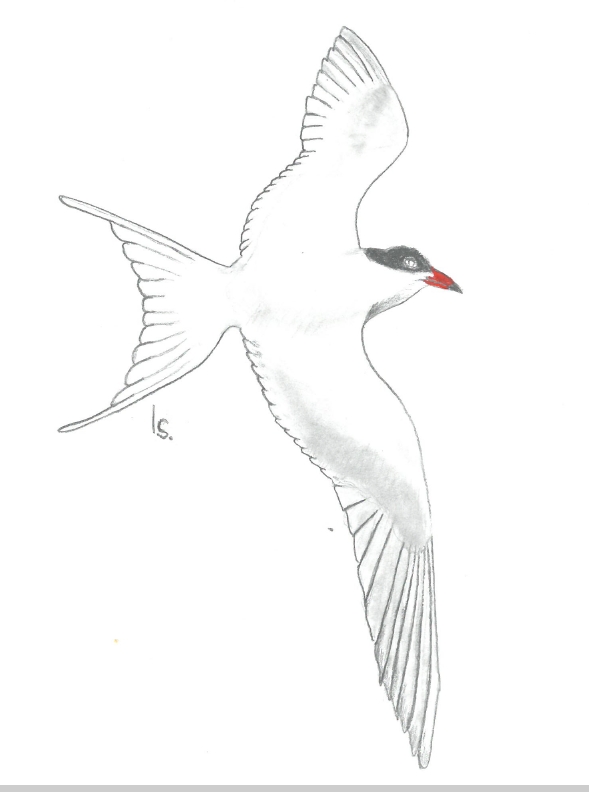
By: Tarcisio Saurin
Academic and industrial institutions*, three from Brazil and five from Norway have developed a collaborative project on resilience engineering and safety management in complex socio-technical systems. The project has been known as STERNA[1], named after a migratory Scandinavian bird. This initiative, which has counted on funding from both countries, started in 2018 and has recently been granted an extension up to the end of 2021.
The project involves the following activities:
– Distance learning graduate course on resilience engineering, given by international faculty. The first edition of the course happened in 2019 and the next is expected to start in August 2020, involving students from both countries.


visiting a Brasilian construction site
– Mobility of Brazilian PhD students to Norway, addressing resilience engineering in the construction industry. One of these has investigated resilience and performance measurement systems, while the other has studied the contribution of unmanned aerial vehicles to resilient performance. Two more PhD students will be in Norway for several months in 2020.
– Mobility of students from Norway to Brazil. PhD students addressing construction industry, cyber security, gig economies. Master students addressing offshore, trade-offs decisions in aquaculture , construction, smart grids
The project also involves joint publications and work visits by faculty members. For more information, you are welcome to contact the project coordinators – Asso. Prof. Ivonne Herrera (Ivonne.A.Herrera@ntnu.no) and Prof. Tarcisio Saurin (saurin@ufrgs.br).
Brazil: Federal University of Rio Grande do Sul, Federal University of Bahia, Pontifical Catholic University of Rio Grande do Sul.Norway: Norwegian University of Science and Technology, University of Stavanger, NTNU Social Research; Industry: Veidekke; R&D Institute: SINTEF.
[1] Proposed by Stian Antonsen (he won the competition, still waiting for his prize – “The arctic tern (Latin: STERNA paradisaea) is the greatest long-distance migrator of all birds, covering as much as 35,400 km annually. It breeds north of the Arctic Circle yet spends the northern winter at the other end of the world, in the Antarctic. By being able to flexibly adapt to all environments and circumstances on its migration from the Arctic to the Antarctic, the sterna paradisaea is among the most resilient creatures on the planet)”. Logo by Ingeborg Andrade Sæternes (Ivonne´s daughter:)
